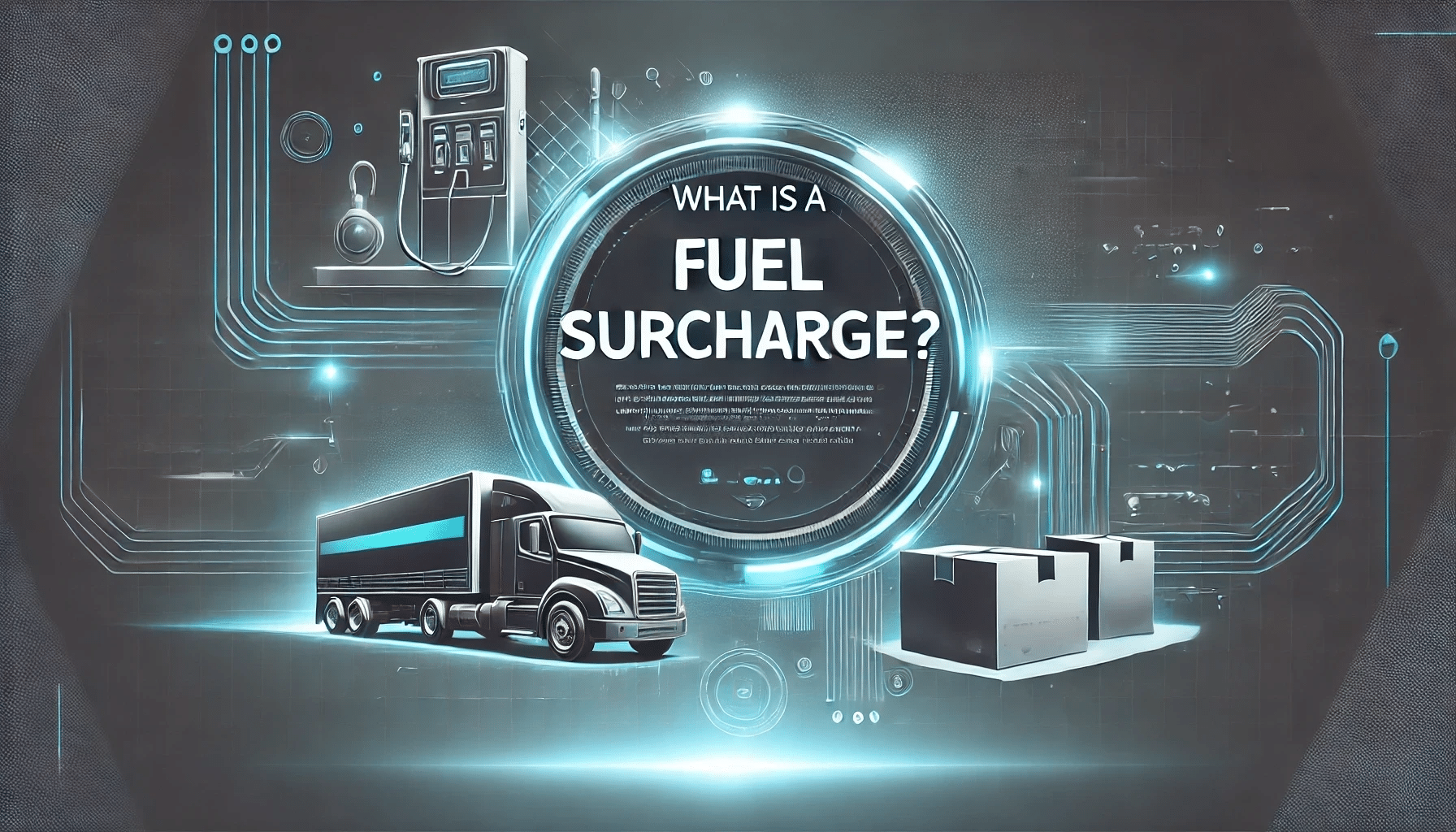Packaging optimization is the process of improving your packaging efficiency, effectiveness, and reliability to reduce damage and shipping costs. It optimizes the materials, designs, sizing, and many other aspects of your shipments for both cost and performance.
If you’re struggling with high shipping costs and product damage, keep reading to discover how packaging optimization can level-up your shipping by reducing costs, improving sustainability, and ensuring products arrive safely.
Key Takeaways
-
Packaging optimization reduces costs and enhances shipping efficiency through right-sizing, material minimization, and effective design.
-
Sustainable packaging solutions not only meets consumer demands but also improves brand reputation and reduces environmental impact.
-
Implementing technology and continuous improvement processes is crucial for maintaining effective packaging operations and achieving long-term supply chain efficiency.
What is Packaging Optimization?
Packaging optimization involves the strategic use of cost-effective and innovative packing strategies to protect orders, lower shipping costs, and improve supply chain efficiency. It includes:
-
Selecting the right packaging materials for sustainability and product safety during shipping
-
Testing packaging’s ability to survive rough transit conditions
-
Reducing wasted materials or packages that are larger than they need to be
Packaging plays a significant role in both the logistics process and customer experience, but it’s often overlooked by many businesses. Even small changes in packaging can have a significant impact on your bottom line and customer satisfaction, making it crucial that you’re using optimal packaging solutions.
What Are The Benefits of Packaging Optimization?
Optimizing packaging offers three primary benefits: reducing costs, ensuring customer satisfaction, and improving sustainability. Together, these benefits help you solidify your business as a reliable, eco-friendly shipper while streamlining operations and saving you money without reducing service quality.
Cost Reduction
Effective packaging optimization leads to reduced shipping, storage, material, and operational costs.
Shipping costs are often based on volume rather than weight. With right-sized packaging, you can reduce the wasted space in your packaging and fit more packages per shipment, lowering costs. These improvements also lower your storage costs by taking up less space.
Material costs also impact your bottom line, making it important that you use both the right material and only as much as you need to package your products effectively. For example, corrugated paper packaging is a cost-effective option that minimizes material usage while providing adequate protection.
Operational costs are another factor to consider, as packaging optimization also improves supply chain management by streamlining processes and reducing the need for manual labor. Adding benefits like item traceability improves inventory management and shipment visibility, helping you find cost-effective improvements to reduce costs. At the same time, easily-stackable packaging simplifies stocking and loading, reducing labor costs even further.
Customer Satisfaction
Customer satisfaction is one of the most important considerations for any business–and it relies heavily on your packaging.
Customers expect their orders to arrive undamaged. If your packaging isn’t strong enough to survive transit unscathed and your products break consistently, it leads to a poor negative experience that reflects poorly on your reputation and returning customer rates.
Consistently positive shipping experiences build trust, reduce complaints, and lower the costs of replacing damaged products.
Sustainability
As customers’ demands for eco-friendly practices increase, sustainability becomes another key consideration and benefit of packaging optimization.
Brands that adopt sustainable packaging build a reputation for environmental protection and friendliness without serious downsides to consider. Fortunately, eco-friendly materials, such as biodegradable options, can be equally effective at protecting shipments with a much smaller environmental footprint.
What Is The Packaging Optimization Process?
The packaging optimization process is a structured approach that involves several critical steps.
Packaging optimization includes:
-
Studying the product to understand its specific needs, including the weight packaging needs to withstand and how large it must be.
-
Analyzing the supply chain conditions to ensure the packaging can withstand various environmental factors during transit.
-
Choosing and testing materials for durability and sustainability.
-
Designing appropriate packaging options that minimize wasted space or materials.
-
Reviewing their performance to ensure that the packaging is both efficient and effective.
By following these steps and analyzing and testing your choices, you can be sure they work for your specific products, shipping demands, and logistics capacity. Then, monitor shipping data to ensure damage rates improve and costs decrease accordingly and continue to make changes to further optimize packaging choices.
What Roles Does Technology Play in Packaging Processes?
Technology plays a pivotal role in helping you optimize your packaging by streamlining and informing various processes. These benefits result in faster, cheaper, and more effective logistics as a whole.
Automation, for example, significantly increases speed, accuracy, and consistency in choosing the right packaging to ship a product or combination of products in for the lowest price.
Data also helps you ensure you’re choosing the right packaging for your products. You can use data analysis tools to look at historical data for damaged deliveries or shipping costs to monitor which choices improve your bottom line.
You can also use technologies like AI-driven modeling and simulation tools to simplify new packaging designs, test durability through simulations, and identify improvements.
Packaging Optimization Best Practices
Implementing effective packaging strategies is crucial for optimizing operations and reducing costs. Your goal should be to find the lowest-cost, most eco-friendly packaging option that can survive throughout transit and arrive in one piece.
To accomplish this, use these best practices to ensure you’re protecting your bottom line without sacrificing customer experiences or sustainability.
Right-Size Packaging
Right-sizing packaging involves tailoring the packaging dimensions to the product, minimizing void space and material waste. This approach not only reduces shipping costs by taking up less space but also reduces the risk of product damage during transit due to unnecessary movement. Without it, you need to use more packing materials to immobilize items or stronger materials that reduce impacts.
Use Eco-Friendly Materials
Using eco-friendly packaging material is important for reducing the environmental impact of packaging, especially for large-scale shippers. Reusable packaging, for instance, decreases the need for single-use materials, minimizing waste.
Consider using sustainable materials like recycled cardboard for your packages and cellulose, molded pulp, or other biodegradable packing materials to help keep items safe in their shipping box.
Consider Weather and Other Transit Conditions
Dealing with outdoor conditions is unavoidable in shipping. While your carrier will take steps to avoid rain, crushing, or rips that expose the package’s contents, you need to be sure you’re equipping your packages for the long haul.
Consider water-resistant materials like wax-coated cardboard and adding extra layers of tape to avoid separation in humid or moist environments. You should also crush test your boxes to make sure they stand up to the pressure of other packages in transport and add insulation if you’re shipping something that’s temperature-sensitive to avoid melting or solidification.
Reduce Shipping Costs and Improve Satisfaction With Packaging Optimization
Packaging optimization is a multifaceted process that cuts transportation costs, improves sustainability, and enhances customer satisfaction. With a combination of the right technology and best practices, including using the right size and material for your shipping and product needs, you can provide a consistent, reliable, and high-quality shipping experience for your customers that costs you less and supports green initiatives.
Frequently Asked Questions
What is packaging optimization?
Packaging optimization is the strategic approach to developing cost-effective and efficient packing methods that protect products and reduce environmental impacts.
How does packaging optimization reduce costs?
Packaging optimization reduces costs by minimizing dimensions to reduce the space packages take up, cutting material usage through correct sizing, and improving handling efficiency, resulting in significant cost savings.
Why is sustainability important in packaging optimization?
Sustainability in packaging optimization is beneficial for establishing your business as an eco-friendly shipper, which is becoming increasingly valuable to consumers in an eco-conscious market.
What role does technology play in packaging optimization?
Technology plays a vital role in packaging optimization by enhancing speed, accuracy, and efficiency through automation and data-driven insights, leading to continuous improvement in the packaging process.
How can businesses continuously improve their packaging strategies?
Businesses can continuously improve their packaging strategies by testing the performance of packaging materials, analyzing how they impact packaging costs and damage rates, and making changes as needed in an effort to improve shipping quality and sustainability.
Brad McBride, CEO and Founder of Zero Down Supply Chain Solutions is a dynamic leader with over 30 years of experience in the supply chain sector. His journey began at Consolidated Freightways in 1988, where he mastered freight logistics and pricing. His career led him to Eagle Global Logistics, diving into international freight forwarding and leading high-volume shipping projects.
Read More



